
views
Aging Metal with Paint
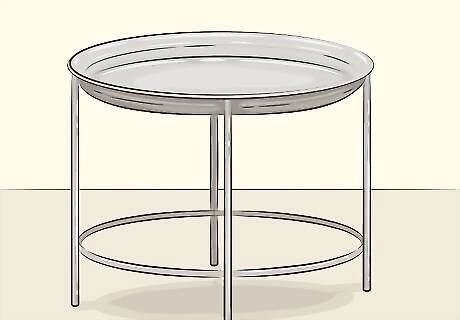
Find a piece of new shiny metal. Most often you will find galvanized metal, which has a steel coating over it to protect it from rust. This process is ideal for props or furniture, where you want to create an artistic antique finish.
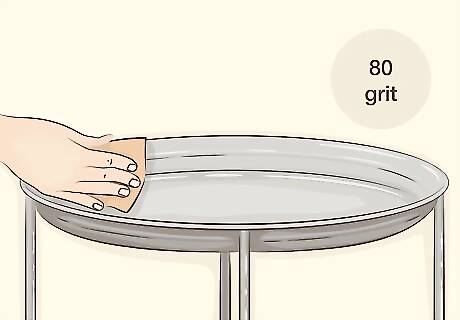
Sand the metal object with 80-grit sandpaper. Use a sanding pad or sander for larger pieces of metal. Sanding will remove the shine on a finish. Rub the metal object until the surface loses the shine and slickness. Wipe away any dust left behind from the sanding. Wipe down the metal with mineral spirits or vinegar to clean the surface. Having a clean surface will assure the paint can stick to the surface and last longer.
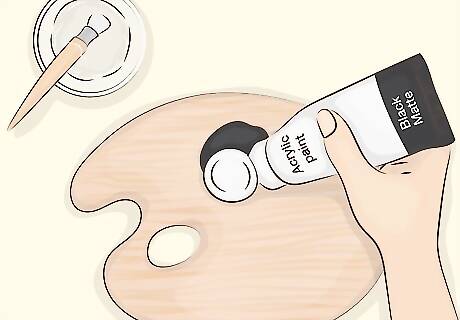
Pour some matte, black acrylic paint onto a palette. Dip your sponge brush in water to soften the bristles. Be sure to paint only in a well-ventilated area.
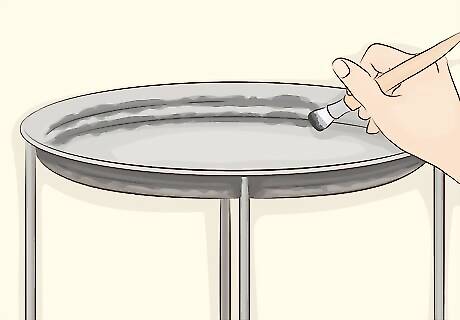
Start dabbing or brushing in very small strokes on your metal object. Begin with the cracks and crevices of the object, and then continue all around it. Black should cover the piece, but have some variation to mimic the aging process.
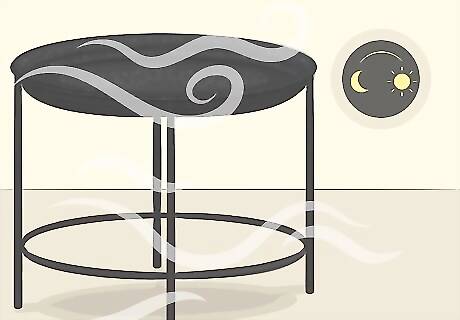
Let the coat of black acrylic dry overnight. You will need to allow the paint to dry completely before applying the next layer. Find an out of the way area to store your metal overnight. Wash your brush while the paint is still wet to remove it more easily.
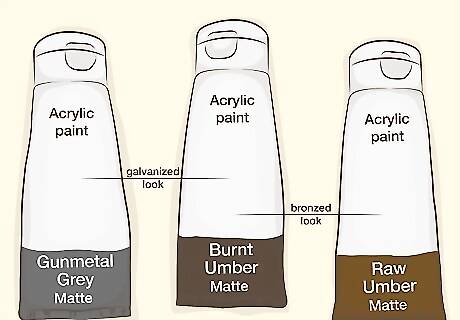
Choose your accent colors. If you want a galvanized look, buy a matte gunmetal grey and burnt umber paint color. If you want a bronzed look, buy matte acrylic burnt and raw umber paints. Don't feel like you have to layer your paints. You can try sponging some gunmetal grey to create and aged galvanized metal look. Then decide how much, if any, umber to add. If you want a bronzed look, you will mix your raw and burnt umbers to create a warm bronze color.
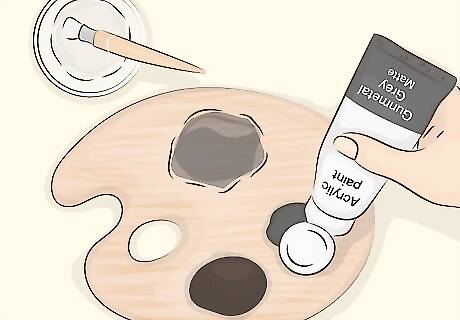
Wet your brush. Pour your selected paint color onto your palette. Your paint color will vary depending upon the finish you want to achieve.

Dab the paint unevenly around the metal object. You want to create the look of an uneven patina. For instance, you could make it grayer or bronze around the edges or divots. If you are aiming for a galvanized look, you can an additional light layer of umber paint.
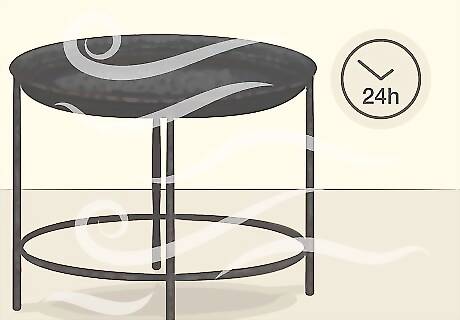
Wait for the coat of paint to dry. Leave the metal in a well-ventilated, out of the way location for the next 24 hours.
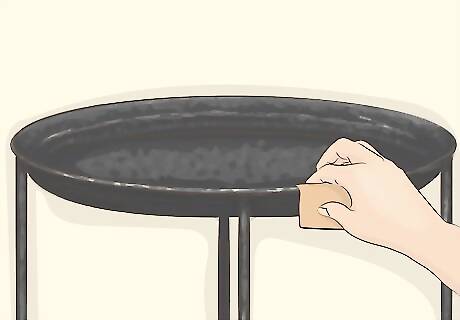
Sand the edges. Take a look at your aged metal and decide if it needs a few finishing touches. If you want to create further aging or variations, go over the desire areas with the sandpaper one last time. Wipe the dust away and your aged metal piece is ready to display.
Aging Galvanized Metal with Acid
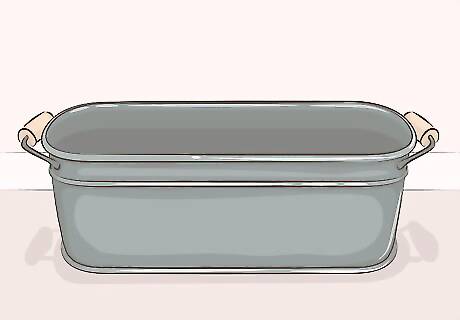
Find a galvanized or grey metal object. This is an ideal process if you want to create a white, aged or mineralized look. You may even be able to create a little bit of rust in some areas.
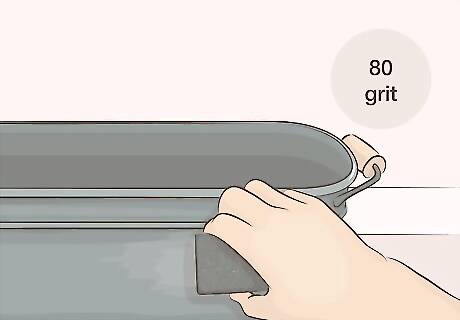
Sand the surface of the metal with a sander or sanding block. Choose 80-grit sandpaper. Rub away at the surface until the shininess and slickness of the finish is gone. Wipe down the piece to clear away any debris.
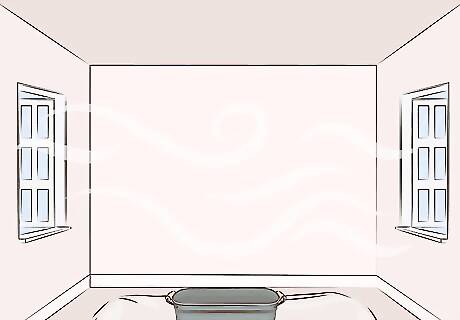
Place the metal object in an open or well-ventilated area. You may also want to spread a plastic sheet on the ground to protect it from exposure to the chemicals. Wear safety glasses, gloves, and a long-sleeved shirt. Toilet bowl cleaner can be pretty strong stuff. It can ruin your clothes and irritate your skin and eyes if you come in direct contact.
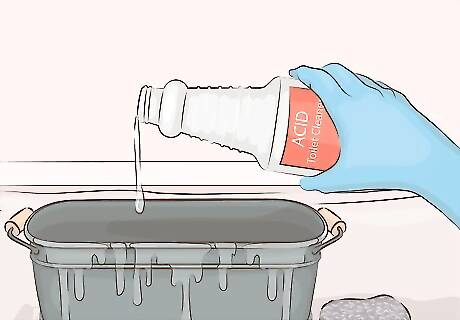
Pour an acid toilet bowl cleaner on the metal. Hold the bottle with one hand and move the metal so the liquid pours over the surface of the metal until it is completely coated. Dip a steel wool pad in the cleaner and rub it all over the metal object. Be sure to get any handles or similar areas as well. Apply cleaner as needed until the entire surface is covered.

Allow the cleaner to sit on the object in a fairly even layer for 30 minutes. You will be able to actually see the metal aging before your eyes. If you aren't happy with the results, let the metal soak a bit longer.

Rinse off the metal object. You can use your rubber gloves to help wipe away the cleaner as you rinse. Be sure all of the chemicals are removed and disposed of safely. Dry the metal off before using.
Creating a Brass-like Patina
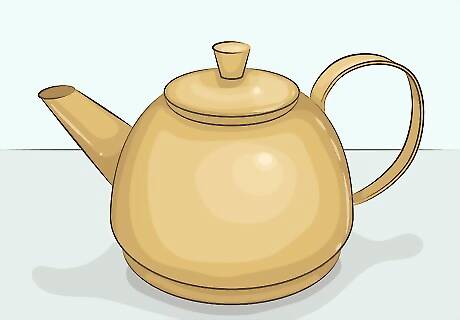
Find a metal object. Brass or copper metals work best. This process creates the green verdigris patina. You can find recipes that use different ingredients to create a wide range of other colors by using the same methods.
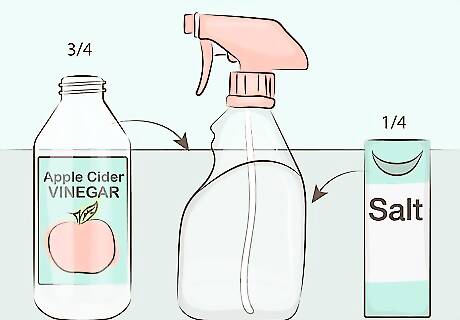
Mix a solution of three parts apple cider vinegar with one part salt. Make sure the salt is non-iodized, such as sea salt. Pour the mixed solution into a bowl if your object is small. Place the solution in a spray bottle if you plan on using this process on a large item. You can find many other recipes to make patinas. Chlorides will create green shades, while sulfides will create brown shades.
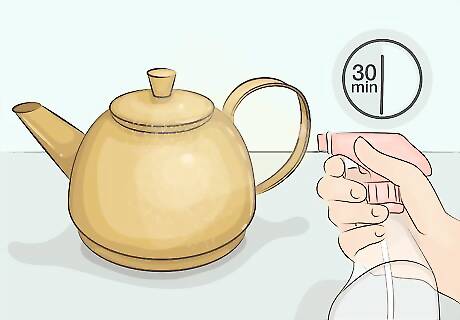
Place the object in the solution for 30 minutes. Completely submerge the metal object. Let it sit. You can also spray the object and set it out. Reapply the solution to the surface several times over the next 30 minutes.
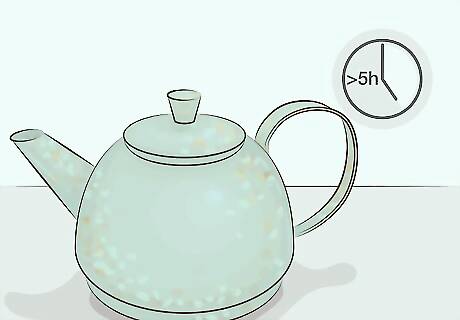
Take the metal object out. Place it on a paper towel. Allow it to sit for several hours to develop. Once it has completely developed, you can decide if you want to repeat the process to change the object further.
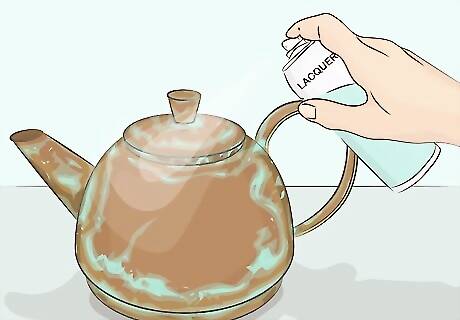
Spray the object with lacquer or wax. This will seal the altered color onto the metal. Once you are satisfied with the coloring of your metal object, coat the entire surface with varnish. Be sure the metal is completely dry. If there is still moisture on the metal when you seal it, the metal will tarnish.



















Comments
0 comment